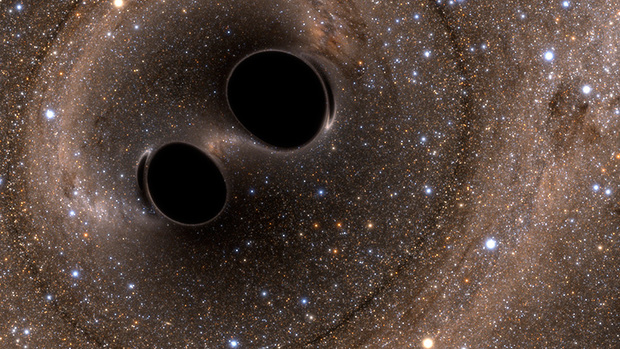What is the Multiverse?

One resource to explore in laymen’s terms is found on the National Geographic website.
The Multiverse was first explored by the famous scientist, physicist, and cosmologist Albert Einstein. This was part of his Theory of Relativity. Because of this work, Einstein theorized that there were multiple concentric universes in concentric spheres. As a result, he called this the Multiverse. In the hope that we can take the complex edge off of this topic, we’ve included a humorous side, a video here that briefly explains four different theories about the Multiverse.
In brief, these theories take actual scientific observations and apply scientific theories about different dimensional universes. Particularly, we would be most interested in the “Level 3: Quantum Multiverse” theory.
Overall, the idea of the Multiverse came from studies measuring the size of the physical universe. Scientists rationalized that since the radiation is the same at the edge of the universe as it is at the origins of the “Big Bang”, there are likely other universes outside the one we are familiar with. All in all, you will see lots of different artist renderings of the Multiverse if you google artist images of the Multiverse.
Regardless of how we conceptualize the Multiverse, Einstein’s “Theory of Relativity” suggests that there are doorways into these other universes called Warps in the time/space continuum. Below is an actual picture of those warps in our universe.

Through those black holes lie other dimensions. No one has traveled through these “black holes”, but the theory is that we would perish if we tried. Lots of theories have been speculated about these black holes. Science has proven that these warps exist.
Study Flatland to Understand Higher Dimensions
For purposes of grasping how these other universes could exist, we like to link out to a TED video of Flatland. In the video,
Imagine you are a two dimensional being. You understand side-to-side, and to-and-fro, but you don’t understand up or down. Your world only has two dimensions. A being with three dimensions could hover above your world, and you wouldn’t know it was there because you don’t know how to perceive up and down. It exists outside of your universe.
Comparatively, you can step that up and imagine a four-dimensional being hovering outside of our three-dimensional universe. We have no perception of higher dimensions. They exist outside of our three-dimensional universe. That would make it plausible to accept that a four-dimensional being outside of our three-dimensional universe could exist.
If a four-dimensional being can exist outside of our three-dimensional universe, it can interact with our universe in much the same way as a three-dimensional sphere intersects the plane of a two-dimensional world. What we would see would not make sense to us if we were two dimensional, witnessing a three-dimensional object pass through our universe. It might look something like a line that appears out of nowhere, gets larger as the sphere’s intersection with the two-dimensional plane reaches its maximum circumference, then shrink back dow until it disappears.
Send your thoughts and questions on the Multiverse
Powered by WordPress




